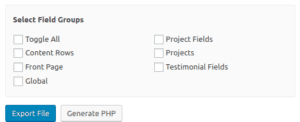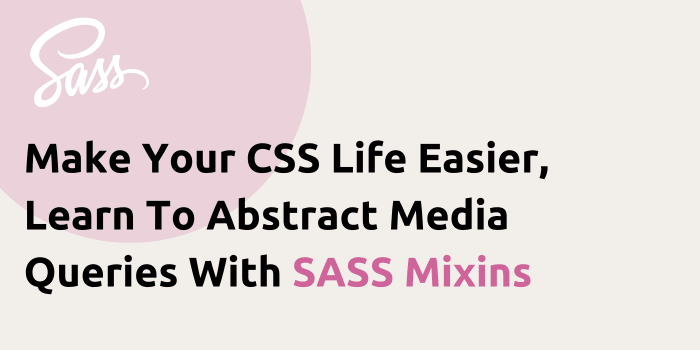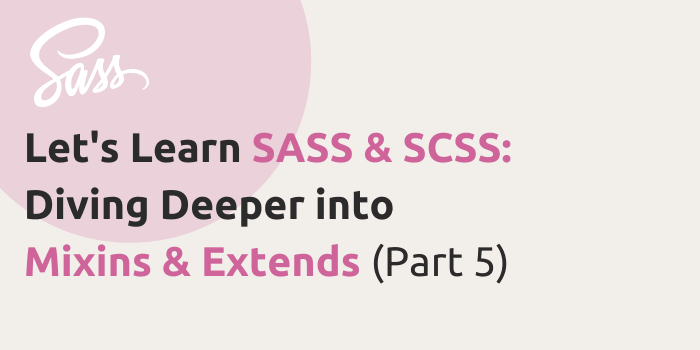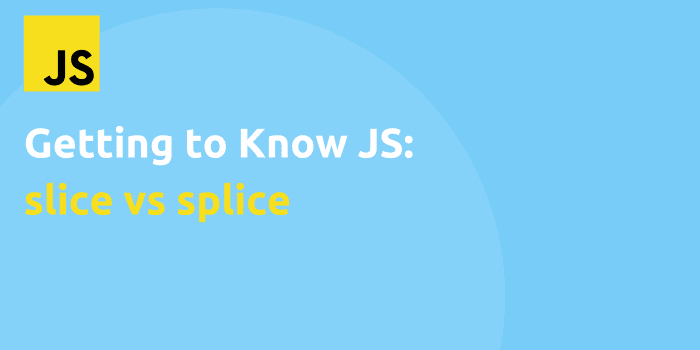acf1
More Posts
-
Make Your CSS Life Easier, Learn To Abstract Media Queries With SASS Mixins
Read More
-
Let’s Learn SASS & SCSS: Diving Deeper into Mixins & Extends(Part 5)
Read More
-
Font Awesome Icons Not Showing: The Ultimate Reference For Fixing Your Icons
Read More
-
Getting to Know JS: slice vs splice
Read More
-
Let’s Learn Laravel Blade: Conditional Statements (Part 2)
Read More
-
Advancing Your WordPress Workflow: Managing ACF Field Groups The Right Way
Read More






Comments